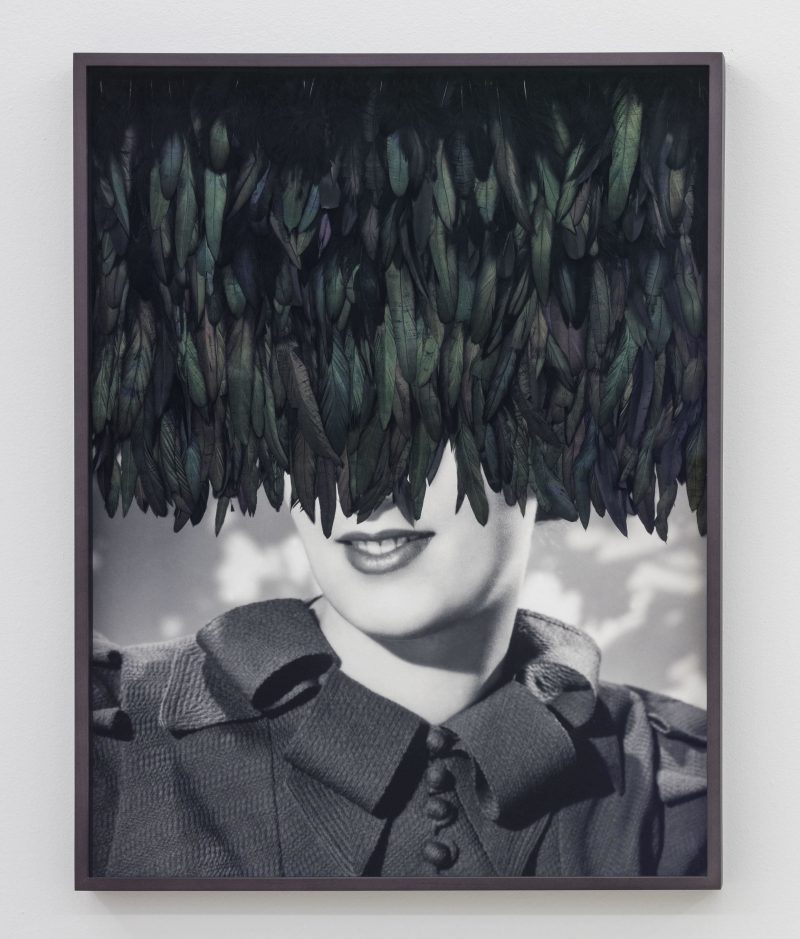“The glimmering world” and its magical heirs: Jonah Samson
Canadian photography artist and writer Jonah Samson realized two inspiring projects this past May: a book of found photography named Yes Yes We’re Magicians and an exhibition of transformed vintage women photography named We’re the Heirs to the Glimmering World. Here’s our conversation with Samson on tragicomical life, his favorite writer Beckett and the treasures of the past.
Interview by Yetkin Nural
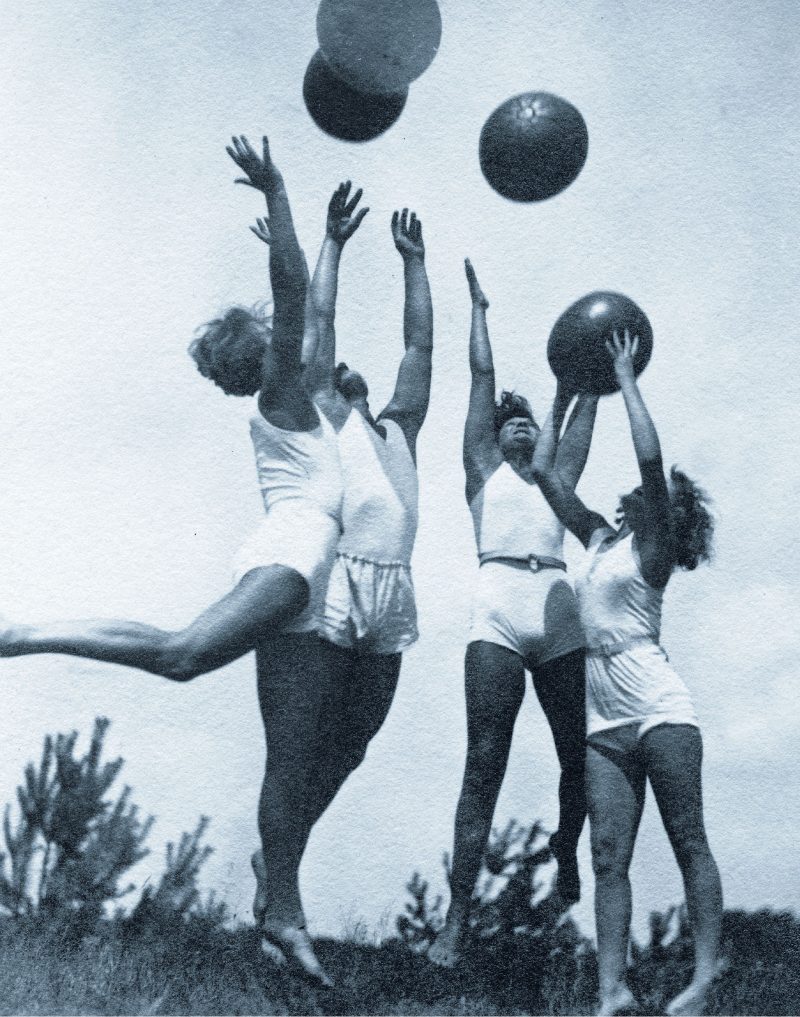
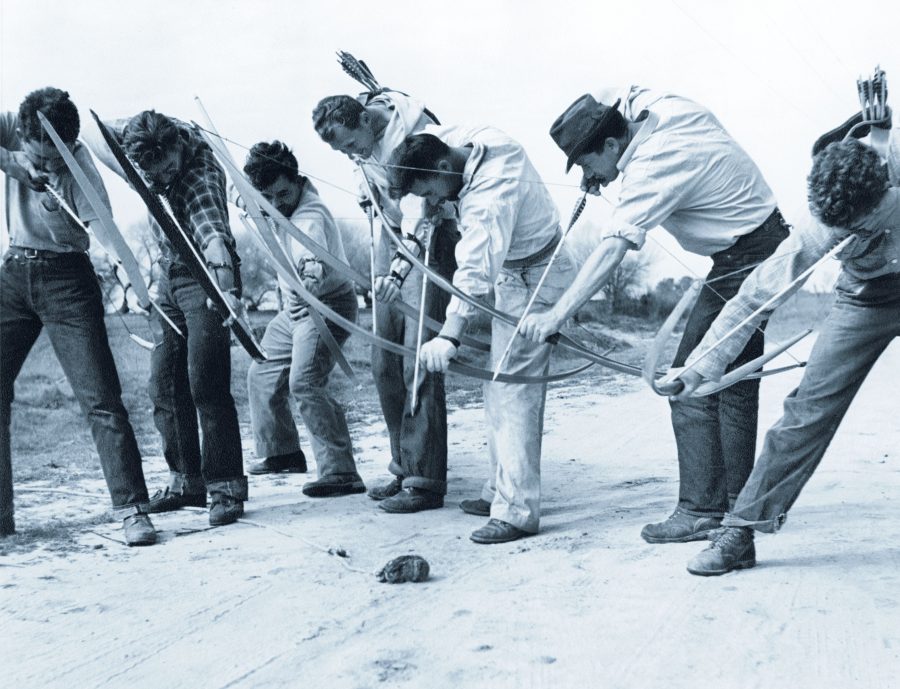
First things first, how did you start developing an interest in photography? Do you remember the first images / shots that you were involved in, as audience, subject or the capturer?
One of the first photographers to have an emotional impact on me was Joel-Peter Witkin. His work was strongly influenced by old medical and crime photography, and he had created a world that was filled with medical anomalies, sexual deviants, severed limbs and death. I found them darkly fantastic and visually stunning. This is around the time I started collecting old photographs at flea markets.
You started with creating miniature scenes and photographing them with Pleasantville series. Before we come to your more recent work, I would like to ask how did you come about the idea of Pleasantville? Do you plan to go back creating miniature worlds at some point?
I never say never, but I don’t plan on producing miniatures again. Although I still think hand-made sets are so beautiful and magical. Last year I made a few sets for a photo shoot for GQ magazine – it was fun to work on them again.
In Pleasantville, the scenes you create have this dark, twisted quality. As if they create access to a scene that the audience shouldn’t be seeing, like a voyeur… Did you plan on that sort of voyeuristic feeling or am I way off?
For me, one of the most enticing elements of photography is that it is fundamentally voyeuristic. I like when photographs draw you in and have a sense of narrative. I want the pictures to represent a moment from a vague story – or the strong flash of an almost forgotten memory. I think some of the strongest memories we have are from moments we weren’t ever intended to witness.
After Pleasantville, you have moved on to finding, collecting and manipulating old, vintage photos. When did you start collecting old photos, what fascinates you about them?
I started buying old photographs over 20 years ago. I remember being at a flea market in New York and finding a box of vintage photos. They were so lonely and abandoned. There were so many mysterious faces in those photographs. But it didn’t matter anymore who the people were or why the photos had been taken. They had lost their original meanings. Christopher Williams makes a strong point in reference to Henri Cartier-Bresson’s idea of the “decisive moment” in photography: Williams says that he believes the decisive moment in photography is not the moment when the photograph is taken, but rather it happens when the viewer is looking at the photograph.
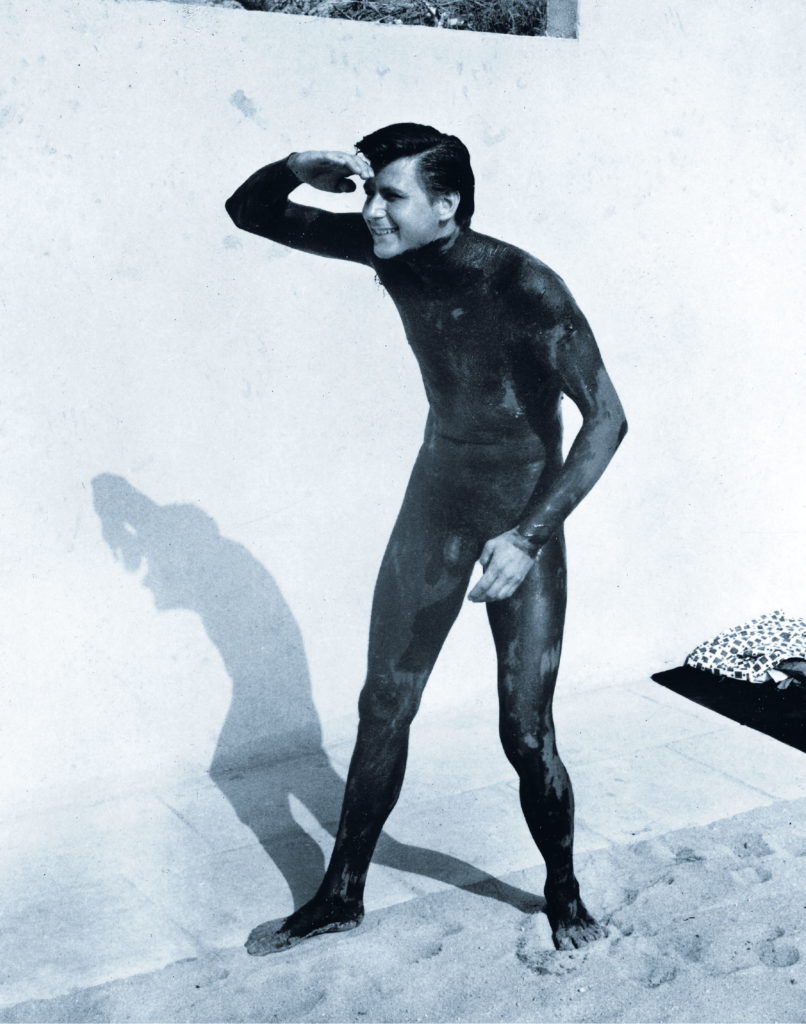
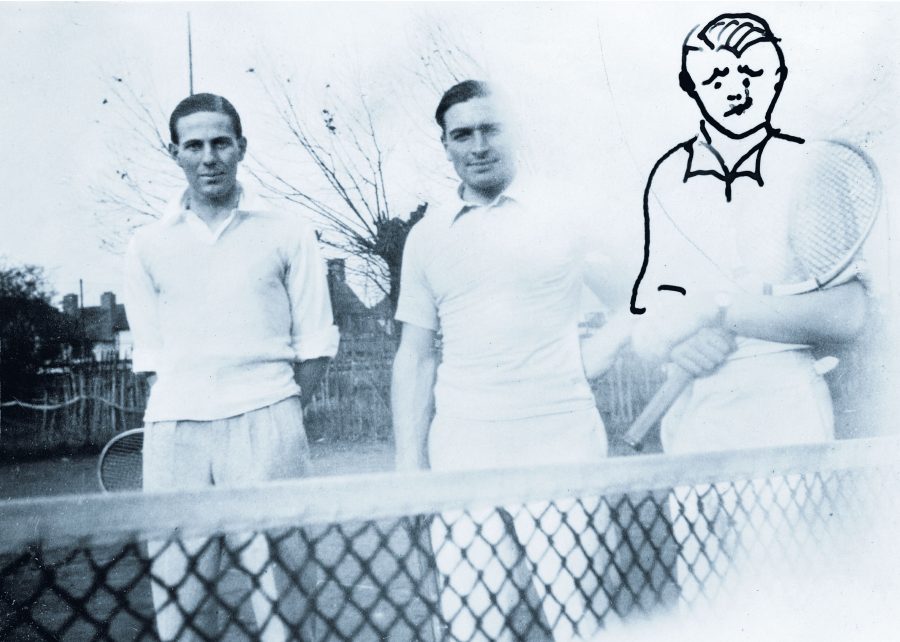
Your book, Yes Yes We Are Magicians came out in May 2017 and it is a collection of found photos. The title is a reference to Beckett’s Waiting for Godot. How did you decide on the title, and how does it connect with/define the book for you?
Samuel Beckett is my favourite writer. In 2013, a curator at a public institution in Vancouver approached me about producing a book of found images. This book was called Another Happy Day after the play Happy Days by Samuel Beckett. The book was quite successful, so we decided to follow-up with Yes Yes, We’re Magicians. Beckett’s view of life as tragicomic is strongly resonant with me. I am greatly moved by the absurdity of life, which influences how I look at art.
The photos from the book that, we could look up on the internet live up to the title. There is a magical feeling about them which fascinates and intrigues the audience, creating an urge to imagine a story around them. What was your criteria on which photos go into the book and what sort of narrative was on your mind when you compiled them together?
The tragedy-comedy of Beckett’s theatre is really the thing that binds the images together, but I’m also very interested in physicality of human gestures. All the pictures were resized, so they take up the same vertical space on each page, so as you move through the book the sequence of images has a certain movement to it. Almost all of the images in the book were purchased off of eBay, and when I was sequencing the book, I would often have to go back to eBay and search for days or weeks to find the precise photo, that would pull the narrative together. The photographs don’t come from any particular period. It was important to me to cast a wide net across photographic history in order to find images that speak to one another, so the book didn’t feel moored in a particular moment. The images are pulled out of time, but hopefully still have something relevant to say today.
Your last solo show, “We’re the Heirs to the Glimmering World”, also opened in May, coinciding with the book. Did you plan for both to happen simultaneously? How do you think these two projects relate to each other?
My work involves the re-imagining of found photography, but apart from that, the book and the exhibition don’t relate to one another directly. “We’re the Heirs to the Glimmering World” is a line taken from a song by The National. The line feels very contemporary to me, but also reminded me of a line from Waiting for Godot: “the light gleams an instant, then it’s night once more”. The exhibition was inspired by a book written by André Breton in 1944, while visiting a part of Canada called the Gaspé Peninsula. The book Arcanum 17 uses the crumbling beauty of nearby Percé Rock as a metaphor for the indestructibility of life, and Breton uses the book to proclaim the superiority of women over men, arguing that only feminine ideals would bring peace to the planet, and that ultimately only love and art would allow humanity to flourish. This sentiment also feels very timely to me.

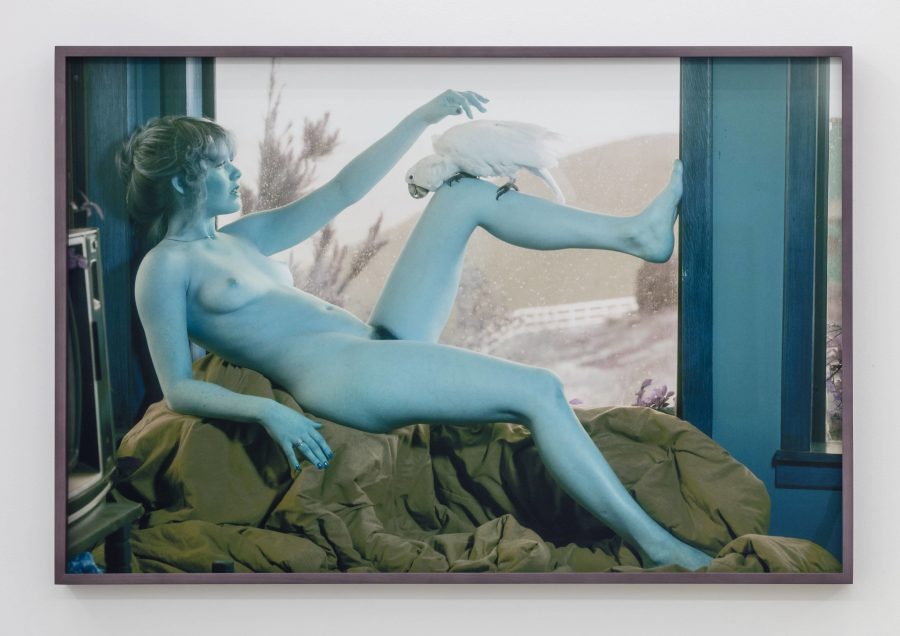
Can you tell us about your process of finding an old photo and creating a story around it? How does your creative engagement work with the photos you dig up from the past? How do you work? Can you tell us about the essentials of your studio, muses, inspirations that you have around?
I spend time every day searching on eBay for photographs. It’s impossible for me to explain how I look for pictures or what I’m looking for – the process is much more intuitive than that. I’m just looking for good pictures. When I’m working on a particular project, my search changes. For instance, in “We’re the Heirs to the Glimmering World” I created an installation of old press photographs of women crying. All of the other images I used in the show were of women, so I was searching in a very specific way.
Now that the book is out and the exhibition is done, what are you working on lately? Any new projects that you can hint away for our readers?
Now that I’ve completed two big projects, I’m getting back into the studio so I can experiment. I’m taking the camera out again – I haven’t taken photos for a while now. It’s important to be able to play with new ideas without having a deadline over you.
